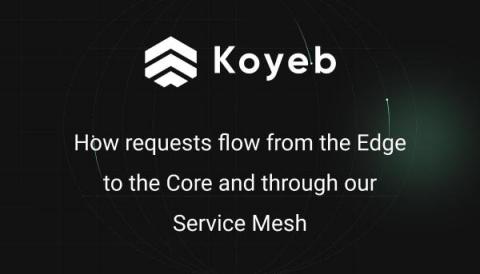Kuma 1.4 and Kong Mesh 1.5 Released With RBAC, Windows Support, 2x Performance and 25+ New Features
We are happy to announce a new major release of Kuma, and a new major release of Kong Mesh built on Kuma! Kuma 1.4 ships with 25+ new features and countless improvements, particularly when it comes to performance. As previously announced at Kong Summit 2021, Kong Mesh ships we enterprise capabilities for large scale service mesh deployments, like RBAC, and native support for Windows VMs.











